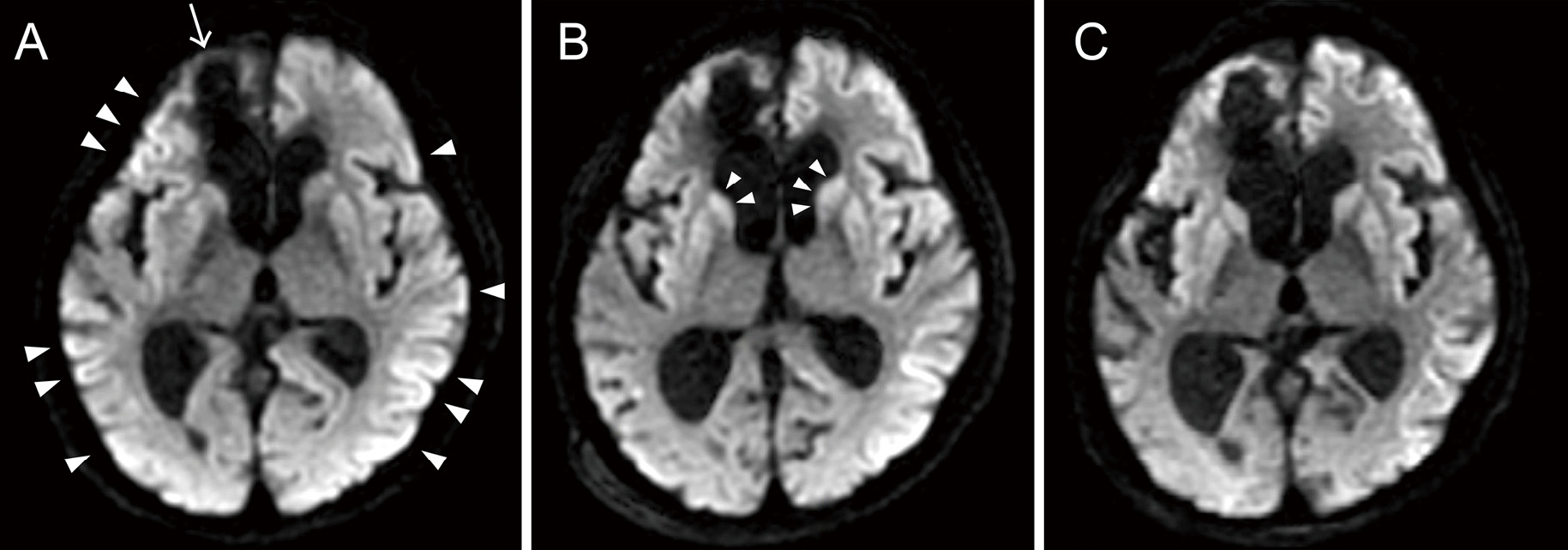- 著者
- Narumi Watanabe Yohei Otaka Masashi Kumagai Kunitsugu Kondo Eiji Shimizu
- 出版者
- The Japanese Association of Rehabilitation Medicine
- 雑誌
- Progress in Rehabilitation Medicine (ISSN:24321354)
- 巻号頁・発行日
- vol.7, pp.20220046, 2022 (Released:2022-09-09)
- 参考文献数
- 21
- 被引用文献数
- 1
Objectives: This study examined whether the reliability of the Nine Hole Peg Test (NHPT) is improved by a modification (mNHPT) that confines the peg insertion/removal order to one way to reduce the degree of freedom of spatial strategies.Methods: Participants performed the NHPT and mNHPT three times each in two sessions with an interval of 3–5 days. Healthy adults used their non-dominant hand (n=40), while those with hemiparetic stroke used their affected (n=40) or unaffected hand (n=40). The mean value of three trials from each session was used for analyses. The reliabilities of the NHPT and mNHPT during the two sessions were assessed via intraclass correlation coefficients (ICCs) and Bland–Altman analysis.Results: The ICCs of the NHPT and mNHPT were 0.49 and 0.66, respectively, in healthy participants, and 0.91 and 0.94, respectively, in participants with stroke, regardless of the hand used. A significant fixed bias between the sessions was observed in both tests, except for participants with stroke who used their affected hand. Proportional biases were noted in the mNHPT results of healthy participants and in the NHPT and mNHPT results of participants with stroke who used their affected hand. The limits of agreement (lower, upper) in the affected hand were −11.0 and 9.5 for the NHPT and −8.0 and 6.2 for the mNHPT.Conclusions: Reduced degrees of freedom in the spatial strategy improved the relative reliability and reduced measurement errors in the NHPT. However, fixed and proportional biases were still evident.
- 著者
- Junki SOGANO Kenzo KOSUGI Atsushi OKANO Yoshihiro NIHEI Narumi WATANABE Jin NAKAHARA Masahiro TODA
- 出版者
- The Japan Neurosurgical Society
- 雑誌
- NMC Case Report Journal (ISSN:21884226)
- 巻号頁・発行日
- vol.10, pp.349-354, 2023-12-31 (Released:2023-12-20)
- 参考文献数
- 26
In this study, we report on a case of probable sporadic Creutzfeldt-Jakob disease (sCJD) diagnosed after a difficult course of status epilepticus (SE) in a patient with poststroke epilepsy. The patient was admitted with progressive cognitive decline and convulsive SE; therefore, it was initially thought that the patient had developed SE due to nonadherence to antiseizure medication (ASM) use, but despite treatment with ASMs after admission, no improvement was noted in consciousness disturbance or lateralized periodic discharges (LPDs) on electroencephalogram (EEG) examination. After a refractory course, the progression of LPDs to generalized periodic discharges (GPDs) on EEG and abnormal magnetic resonance imaging (MRI) findings met the diagnostic criteria of sCJD. Even if the patient had epilepsy, such as poststroke epilepsy, as in this case, it is essential to consider other underlying causes, including CJD in cases of superrefractory SE.
